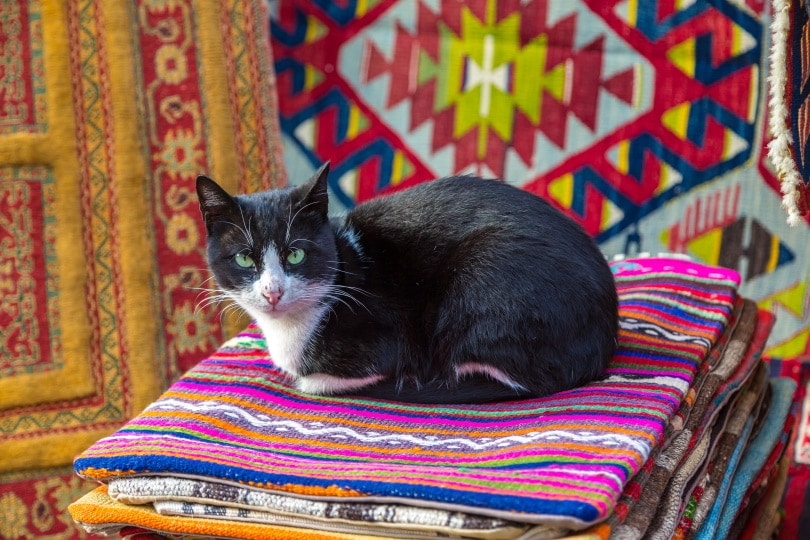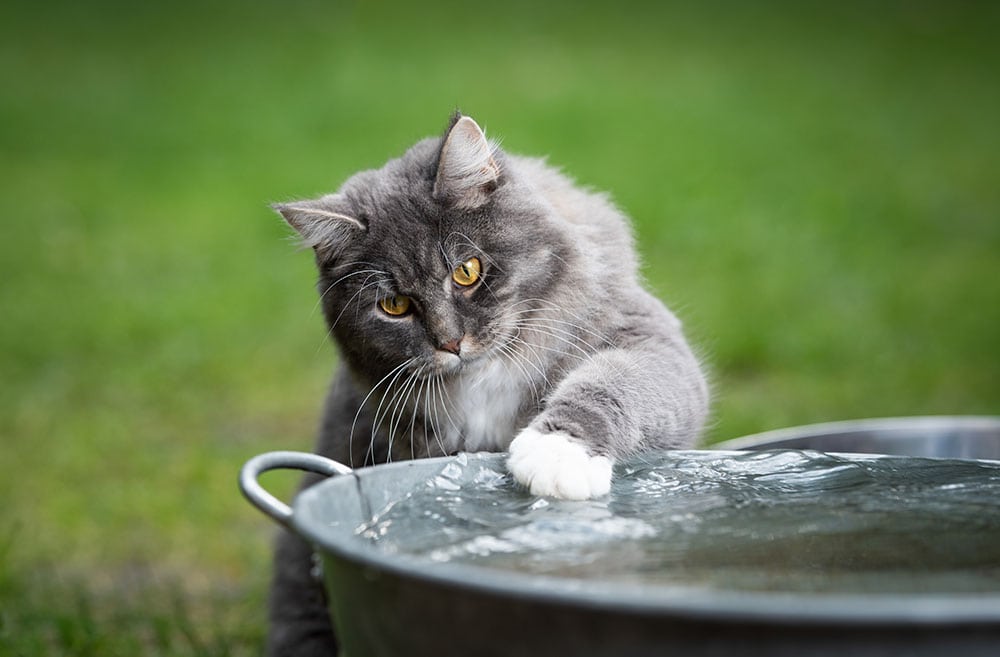Lilac Point Siamese: Facts, Pictures, Origin & History

Updated on
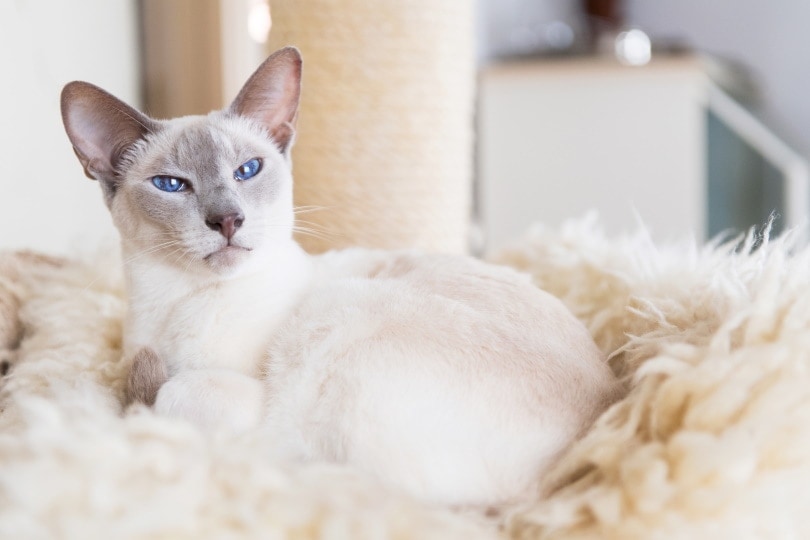
Click to Skip Ahead
Lilac Point Siamese cats are rare but not unheard of. If you’ve ever seen a cat with light blue eyes and white points on the ears, nose, feet, or tail, they were most likely a lilac point Siamese.
They are one of the most sought-after breeds of cats, and they have a long and complicated history, which we will explore in this article. If you want to learn cool facts about the lilac point Siamese, stick around!
 The Earliest Records of Lilac Point Siamese in History
The Earliest Records of Lilac Point Siamese in History
The lilac point Siamese is an old breed of cat that has traveled worldwide due to its beauty and unique qualities. The origin of these cats can be traced back to Thailand in the late 1800s or early 1900s when it was first discovered.
The Thai people gave the breed its name due to how it resembles a type of flower found in Thailand called lilac point (or ดอเล็ก).
Legend has it that a British lady named Mrs. Cooke saw two kittens that had these white points on their ears and nose while visiting Thailand, so she brought them to her home country of England, where they were bred with Siamese cats. The result was the first litter of lilac point Siamese cats.
In the 1950s, a lady by the name of Mrs. Marguerita Goforth imported these cats to America and had them bred with American Shorthairs, which resulted in more hybrids that we know today as “Tonkinese.”
Within 3 years of being introduced into other countries like America and New Zealand, the lilac point Siamese cat became a popular house pet.
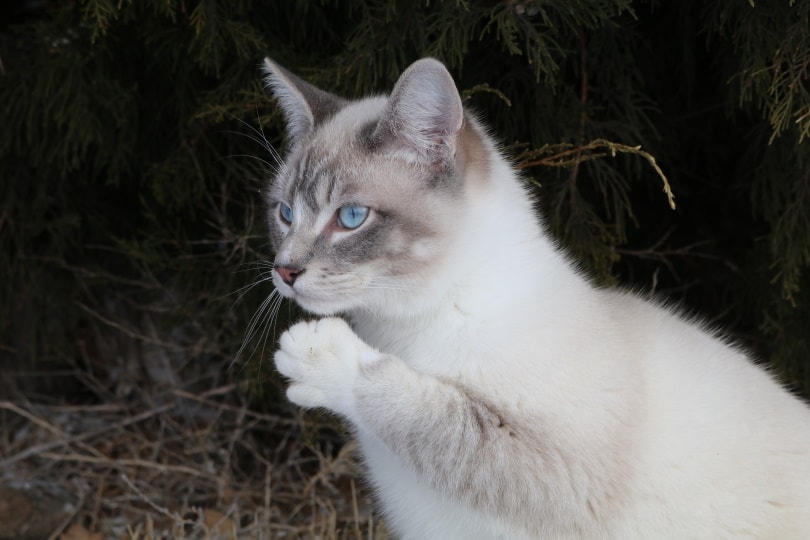
How Lilac Point Siamese Gained Popularity
The lilac point Siamese was initially bred as an ornamental breed to be shown at shows instead of being bred for utility purposes. It was first imported to the United States in 1952.
It became popular with cat owners in the 1960s and 1970s. Its popularity grew in part due to a series of ads created by General Foods Corporation, which featured PeeChee, a lilac point Siamese, as the mascot for its Friskies brand pet food beginning in 1965.
People love Siamese cats because of their social nature and because they are intelligent. They also have extra short hair considered hypoallergenic. Even today, this is a trait more and more people look for.
Formal Recognition of Lilac Point Siamese
Today, it is formally recognized by the Cat Association of America (CAA) as one of its 26 breeds. The cats were first recognized in the 1930s by a cat breeder named Elsa-Britt Elvin. In fact, before that point, they were considered to be an inferior breed, unpure and separate from the traditional Siamese.
These types of debates have been ongoing since then and continue to this day! For example, In 2013, the long-haired Siamese was recognized by CFA as a separate breed from the traditional Siamese cat.
There is some controversy over this point, with many believing that these two breeds are not different enough to be considered separately unique breeds of cats.
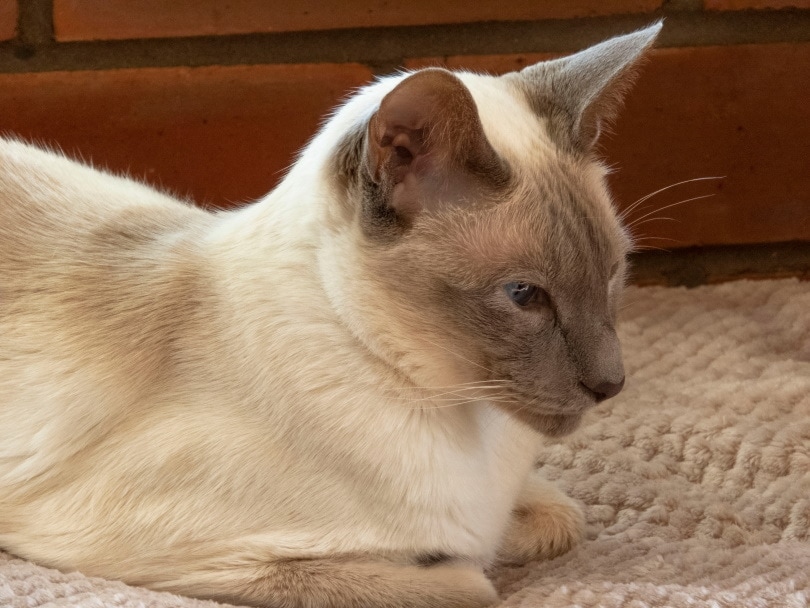
Top 4 Unique Facts About Lilac Point Siamese
1. They Have a Powerful Singing Voice
A lilac point Siamese is known for being very vocal. Don’t let their small posture fool you. When they want their needs to be heard, they will not hesitate to let you know. The Siamese cry has been compared to a wail, and their meows have been described as “yodel-like.” It is not unusual to hear them singing along with the birds or meowing at the wind in an effort to catch your attention.
2. They Are Very Rare
Lilac Point Siamese are quite hard to find and have been bred in low numbers for many years. This might affect the adoption rate for the breed.
It is unlikely to find one for free or at the rescue shelter, and if you wish to adopt one, it will most likely come from a professional breeder. They are also one of only four types of Siamese, along with blue point, chocolate point, and seal point.
3. They Are Prone to Separation Anxiety
Separation anxiety is a common problem for many pets and can be caused by several factors, such as stress about being left alone or not understanding why you’re gone. The lilac point Siamese is very prone to separation anxiety because they are so close to the family members, leading them to destructive behavior to get attention when they feel neglected.
To prevent this separation anxiety, it is recommended that you have at least two of these cats in your home and that you keep the living area mentally and physically stimulating for them.
4. They Have More Health Problems
Due to their genes, there are many health problems that a lilac point Siamese may be more likely to have. This can include but is not limited to: kidney disease, asthma, allergies, thyroid issues, blindness or deafness due to cerebellar hypoplasia, and feline immunodeficiency virus (FIV).
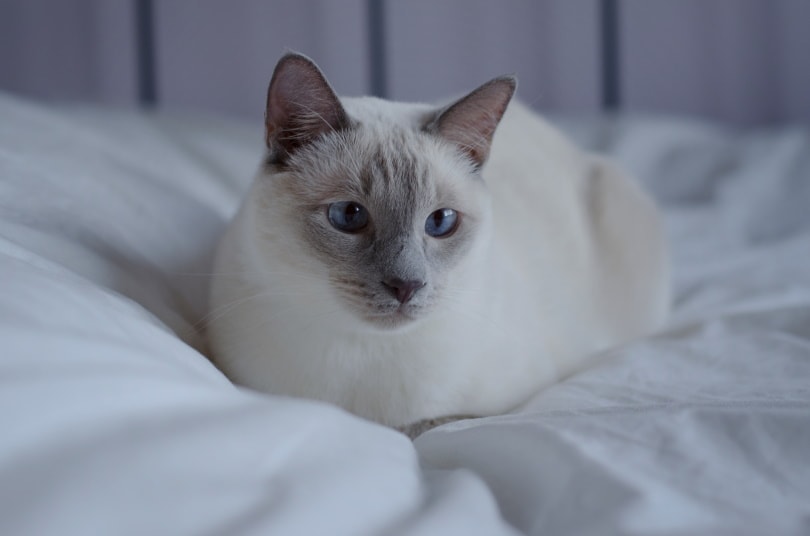
Does the Lilac Point Siamese Make a Good Pet?
Lilac Point Siamese are known to make excellent pets for all types of families. They’re outgoing, intelligent, and affectionate. One thing to note is that they like a lot of attention and care, so if you are looking for an independent cat, this one might not be the best match for your family.
They also need to live with other cats or dogs because they prefer companionship over being alone all day long. Feeding-wise, they are a little more expensive than other breeds because they have a higher metabolism, so you’ll likely want to feed them wet food instead of dry.
Above all else, these cats are very playful and love games such as fetch or just rolling around on the floor with their human friends!
 Conclusion
Conclusion
The lilac point Siamese is a lovely cat with an exotic look, making them very popular in the pet world. They were originally from Thailand and have been documented to be hanging around humans for centuries!
This breed of cat has many reasons why they make great pets. Their intelligence, loyalty, curiosity, and affectionate personality are just some examples.
Featured Image Credit: Ivonne Wierink, Shutterstock
 The Earliest Records of Lilac Point Siamese in History
The Earliest Records of Lilac Point Siamese in History
